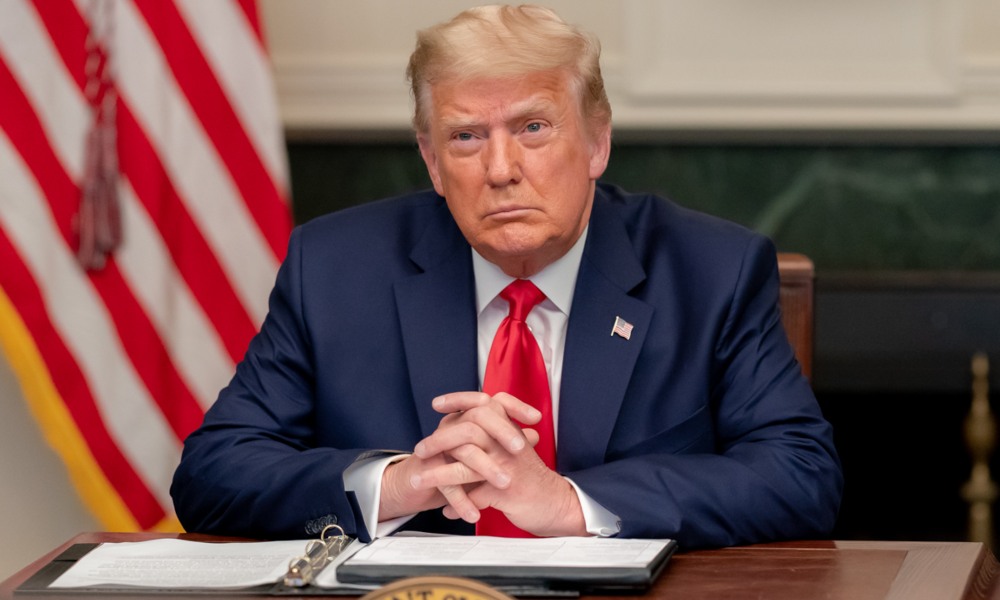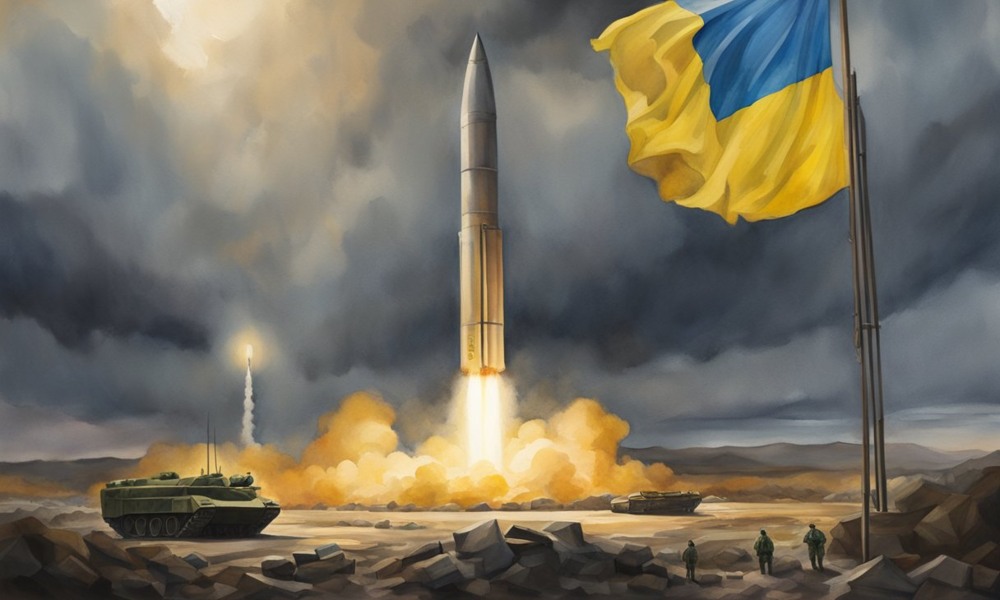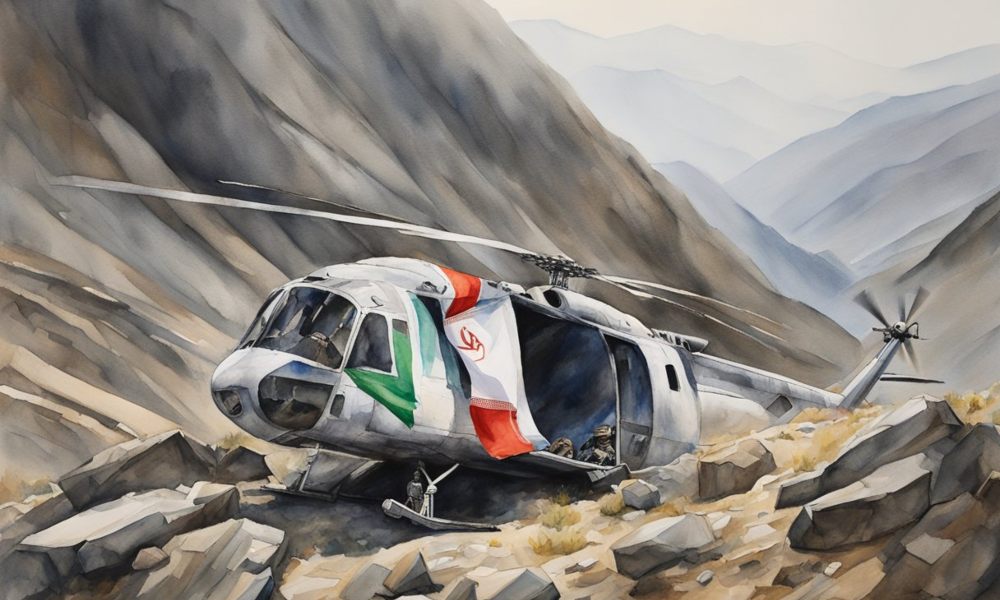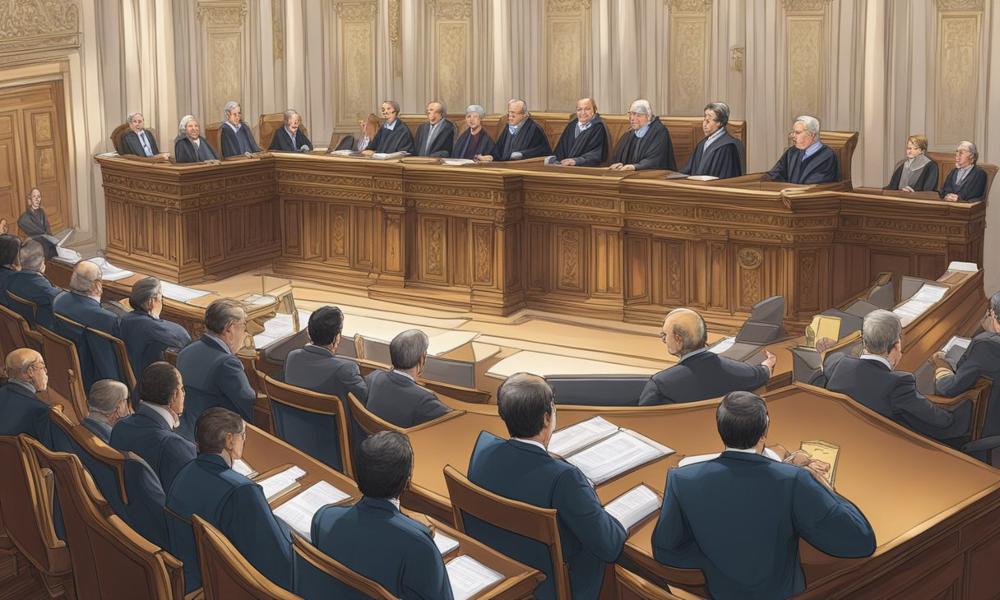Iran’s President Ibrahim Raisi has died in a helicopter crash. Here are the key points:
- President Raisi and Iran’s foreign minister killed when their helicopter went down
- The crash happened near Iran’s border with Azerbaijan on Sunday
- Seven other people were also killed when the aircraft crashed in bad weather
- Iran has declared five days of mourning after this tragic incident
- Questions remain about who will replace Raisi as president
What exactly happened, and what comes next for Iran’s leadership? Let’s take a closer look.
Helicopter Goes Down in Foggy Mountains
On Sunday, a helicopter carrying Iranian President Ibrahim Raisi and several other top officials crashed in the mountains near the border with Azerbaijan. Thick fog and rain had made flying conditions very difficult.
Search crews found the wrecked helicopter after working through the night. All nine people on board had been killed, including President Raisi and Iran’s foreign minister.
It’s still unclear what exactly caused the tragic crash. Iranian officials have ordered an investigation to find out more details.
Iran Mourns After President’s Sudden Death
News of President Raisi’s shocking death sent shock waves through Iran. The government quickly declared five days of mourning across the country.
Raisi has been president since 2021. He was a close ally of Iran’s Supreme Leader, Ayatollah Khamenei, and some thought He could potentially replace him one day as Supreme Leader.
With Raisi now gone, Iran faces an uncertain period. Questions remain about who will become the country’s new president and lead the government.
Selection of New President Ahead
Under Iran’s system, the Supreme Leader holds ultimate power. The president handles many day-to-day governing duties but answers to the Supreme Leader.
With Raisi’s death leaving a presidential vacuum, experts expect a carefully managed process to select Iran’s next president in the coming weeks or months.
“The Supreme Leader sets the country’s strategic direction,” said Iran expert Dr. Hamed Rezaaizi. “But we’ll likely see tighter control over the political space until a new president is chosen.”
Dr. Rezaaizi noted that military leaders like the powerful Revolutionary Guards could have an increased role during this interim period.
Crackdown Possible Amid Leadership Change
Some analysts worry that hard-line factions could use the presidential vacuum as an opportunity to further crackdown on dissent inside Iran.
“Until the new president is known and cabinet established, we may see even more efforts to control the public and political space through crackdowns on dissidents,” Dr. Rezaaizi stated.
Others think Raisi’s death could trigger a period of increased factional infighting as different groups vie to select their favored candidate for president.
One key question is whether this surprising tragedy will lead to a real shift in Iran’s operations both domestically and abroad. Only time will tell what path the country takes from here.
So, in this difficult moment, where does Iran go from here? The process of selecting their new president and figuring out the country’s future direction promises to be complex.
















